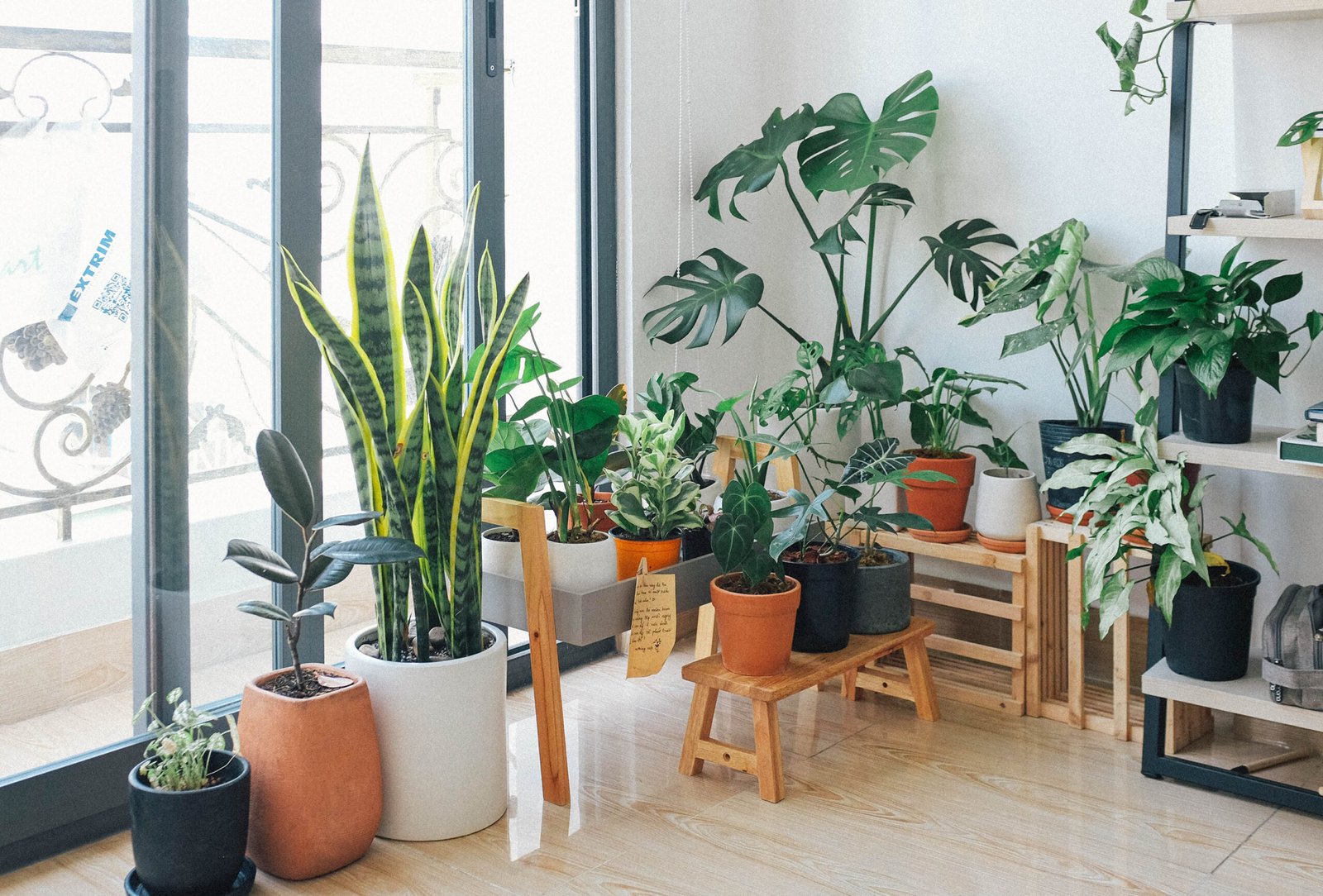- Lotus: How to Plant, Grow and Care for Lotus - 3 November 2023
- Zinnia: How to Plant, Grow and Care for Zinnia - 3 November 2023
- Coreopsis: How to Plant, Grow and Care for Coreopsis - 3 November 2023
Urban gardening involves cultivating, processing, and distributing food in or around urban areas. It utilizes various methods to integrate agricultural production into urban environments, such as vertical spaces, balconies, rooftops, and unused land. This concept aligns with the broader sustainability movement, promoting local food production and enhancing urban greenery and biodiversity.
RELATED : Urban Gardening for Beginners
Unique Concepts in Urban Gardening:
Vertical Gardening: Due to space constraints in urban areas, gardeners have innovated by growing plants on vertical installations. This not only saves space but can also create living green walls that help regulate building temperatures and improve air quality.
Rooftop Gardening: Utilizing rooftop spaces to grow plants is a concept that has been rapidly adopted in many cities. These areas provide untapped space potential for food production and green spaces, and they can also help manage urban heat island effects.
Hydroponics and Aquaponics: These soil-less agriculture methods are popular in urban gardening. Hydroponics involves growing plants directly in nutrient-rich water, while aquaponics combines raising fish (aquaculture) and growing plants without soil (hydroponics) in a symbiotic environment. Both methods can significantly increase yield and speed up plant growth.
Community Gardens: These are shared spaces where local residents participate in growing plants, whether for food or pleasure. They promote community engagement, improve food access, and can even provide therapeutic benefits.
Window Farming: For residents who lack outdoor space, growing plants in window setups is an accessible way to garden. This method uses natural light and vertical space efficiently and is ideal for small-scale herb gardens or decorative plants.
Balcony Gardening: This concept adapts the practices of regular gardening to the confined spaces of urban balconies. Even with limited space, a variety of plants can be grown, from decorative flowers to edible vegetables and herbs.
Regenerative Gardening: Focused on improving the ecosystem, this practice involves methods that restore and enhance soil health, promote biodiversity, and support pollinators, contributing to the overall well-being of the urban environment.
Each of these concepts addresses the challenges of gardening in urban settings in unique ways, promoting sustainability, self-sufficiency, and the psychological well-being of urban residents. They are adaptable and can be modified according to the resources and space available, making urban gardening a versatile solution to green living in cities.
FAQs or Reader’s Questions:
- How do I start an urban garden in a small space?
- Begin by assessing your space’s light, choosing the right containers, and selecting plants that can thrive in your particular urban environment. Herbs, succulents, and certain vegetables like lettuce and peppers are great for small spaces. Vertical gardening and hanging planters can also maximize limited areas. Read more at Urban Gardening for Beginners
- Are there community gardens, and how can I participate?
- Many cities have community gardens. Participate by reaching out to the local garden club or municipality. They can guide you on the rules, available spots, and how you can contribute.

